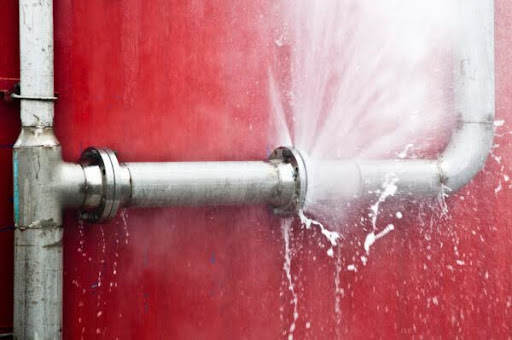Floods can wreak havoc on homes, cause significant damage, and present serious health hazards. For Dallas homeowners, effective flood cleanup is crucial to restoring a safe and comfortable living environment. Understanding the essential steps in flood cleanup can help reduce damage and speed up the recovery process. In this guide, we’ll share insights from Dallas flood restoration experts to help you navigate the complexities of flood cleanup.
Assessing the Damage Before Flood Restoration
The first step in any flood cleanup process is to assess the extent of the damage. This involves inspecting your home to determine which areas are affected and to what degree. Pay close attention to:
- Structural Integrity: Check for signs of structural damage, like cracks in walls, weakened floors, and compromised foundations.
- Electrical Systems: Ensure that electrical systems are safe to use. Floodwater can cause severe damage to electrical wiring and appliances, posing a risk of electrocution.
- Plumbing: Inspect plumbing systems for leaks or damages that could exacerbate the flooding problem.
Conducting a comprehensive assessment will help you prioritize tasks and allocate resources effectively.
Water Extraction
Removing standing water is a vital step in the cleanup process. The longer water remains in your home, the more extensive the damage it can cause. Use the following methods for effective water extraction:
- Pumps and Vacuums: Use submersible pumps and wet/dry vacuums to remove large volumes of water quickly. Make sure the equipment is suitable for handling floodwater, which may contain debris.
- Mops and Towels: For smaller areas, mops and towels can be used to soak up water. This method is slower but effective for localized flooding.
Professional restoration services often have industrial-grade equipment that can expedite the water extraction process, ensuring a more efficient cleanup.
Drying and Dehumidifying in Flood Restoration
Once all of the standing water has been removed, the next step is to dry out the affected areas. This is vital to prevent mold growth and further damage to your home. Here’s how to do it:
- Ventilation: Open your windows and doors to promote air circulation. Using fans to increase airflow can also speed up the drying process.
- Dehumidifiers: Dehumidifiers remove moisture from the air, reducing humidity levels and preventing mold and mildew growth.
- Heaters: In cooler weather, heaters can warm the air and facilitate faster drying.
Professional restoration companies use advanced drying equipment and techniques to dry your home out thoroughly.
Repairs and Flood Restoration
After the cleaning and sanitizing process, it’s time to focus on repairs and restoration. This step involves:
- Replacing Damaged Materials: Replace any materials that were damaged beyond repair, such as drywall, insulation, and flooring.
- Structural Repairs: Address any structural damage to ensure the stability and safety of your home.
- Aesthetic Restoration: Restore the appearance of your home by repainting walls, refinishing floors, and repairing any cosmetic damage.
Professional restoration services can handle every aspect of the repair and restoration process, ensuring that your home is returned to its pre-flood condition.
Restoring Your Home with Confidence
Flood cleanup can be a daunting task, but following these essential steps can help you navigate the process more effectively. From assessing the damage to repairing and restoring your home, each step plays a crucial role in achieving a successful recovery. For homeowners in Dallas, partnering with experienced restoration experts like Dryman Group ensures that your flooded home cleanup is thorough, efficient, and affordable. By leveraging professional expertise and contacting us at (972) 636-4519, you can restore your home and regain peace of mind.

